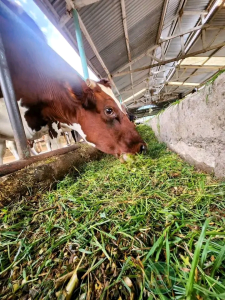Crop production
3. Types of weeds
Weeds can be categorized in a few different ways, which helps in understanding their growth patterns and how to best manage them. Here's a breakdown of common weed classifications:
1. Classification by Life Cycle:
* Annual Weeds:
* These weeds complete their life cycle within one year.
* They germinate from seed, grow, produce seeds, and die all within a single growing season.
* Examples: Crabgrass, common chickweed, and common lambsquarters.
* Biennial Weeds:
* These weeds live for two years.
* In the first year, they grow vegetatively (leaves and roots).
* In the second year, they flower, produce seeds, and then die.
* Examples: Wild carrot and bull thistle.
* Perennial Weeds:
* These weeds live for more than two years.
* They can reproduce by seeds and also by underground structures like rhizomes or tubers.
* They can be very difficult to control.
* Examples: Dandelions, Canada thistle, and bindweed.
2. Classification by Morphology (Plant Structure):
* Broadleaf Weeds:
* These weeds have wider, net-veined leaves.
* They are typically dicotyledons.
* Examples: Dandelions, clover, and thistles.
* Grasses:
* These weeds have narrow, parallel-veined leaves.
* They are monocotyledons.
* Examples: Crabgrass, annual bluegrass, and foxtail.
* Sedges:
* These weeds resemble grasses but have triangular stems.
* They often thrive in moist or wet conditions.
* Examples: Nutsedge and yellow nutsedge.
